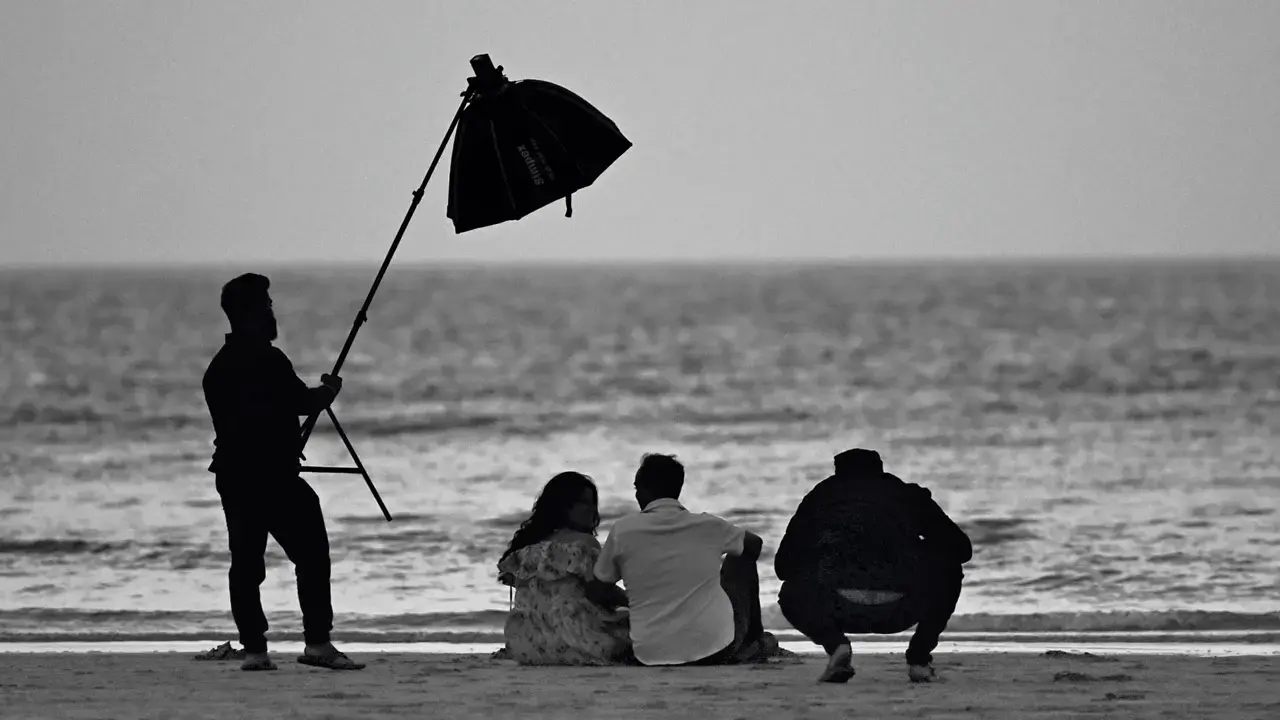Home / Lifestyle / Nature & Wildlife / Photos /
Hurricane Beryl approaches Texas after causing damage, but no deaths in Mexico
Updated On: 08 July, 2024 12:43 PM IST | Raaina Jain
Parts of coastal Texas were evacuated due to warnings of flooding and power outages as the southern US state braces for the Monday arrival of Beryl, which is threatening to make landfall as a hurricane. (Source and Images: AFP)
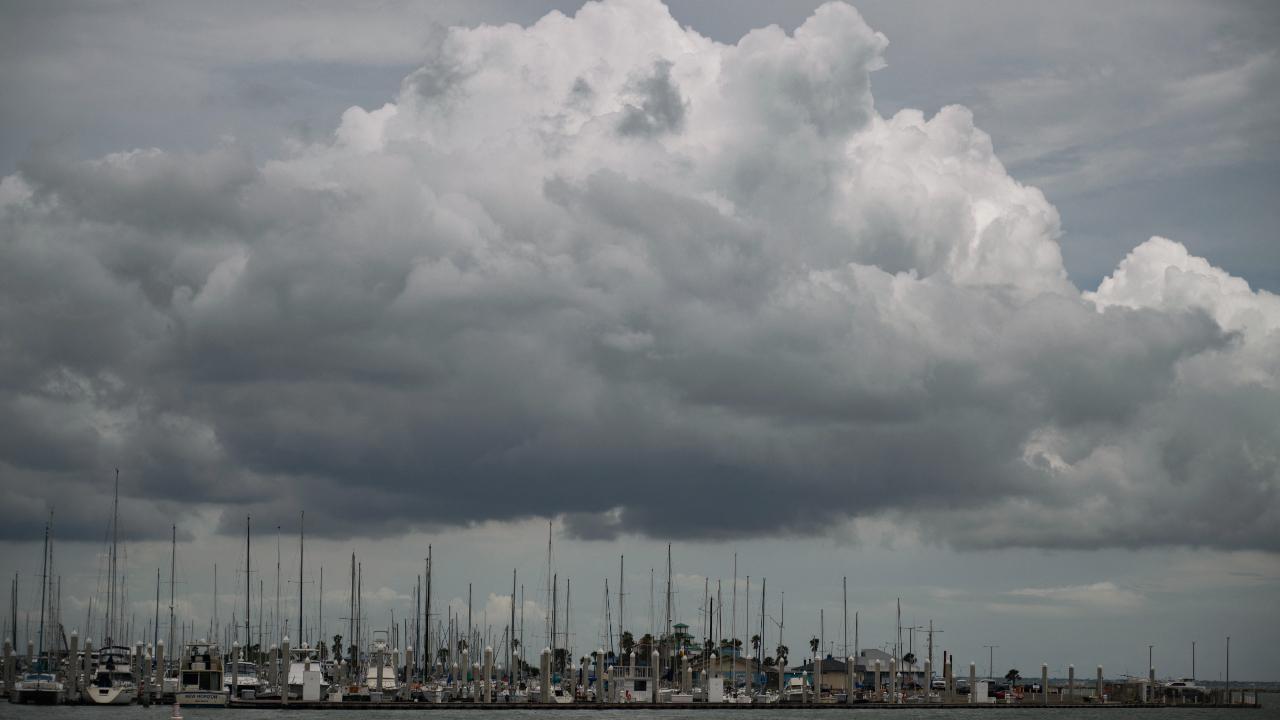
1/7
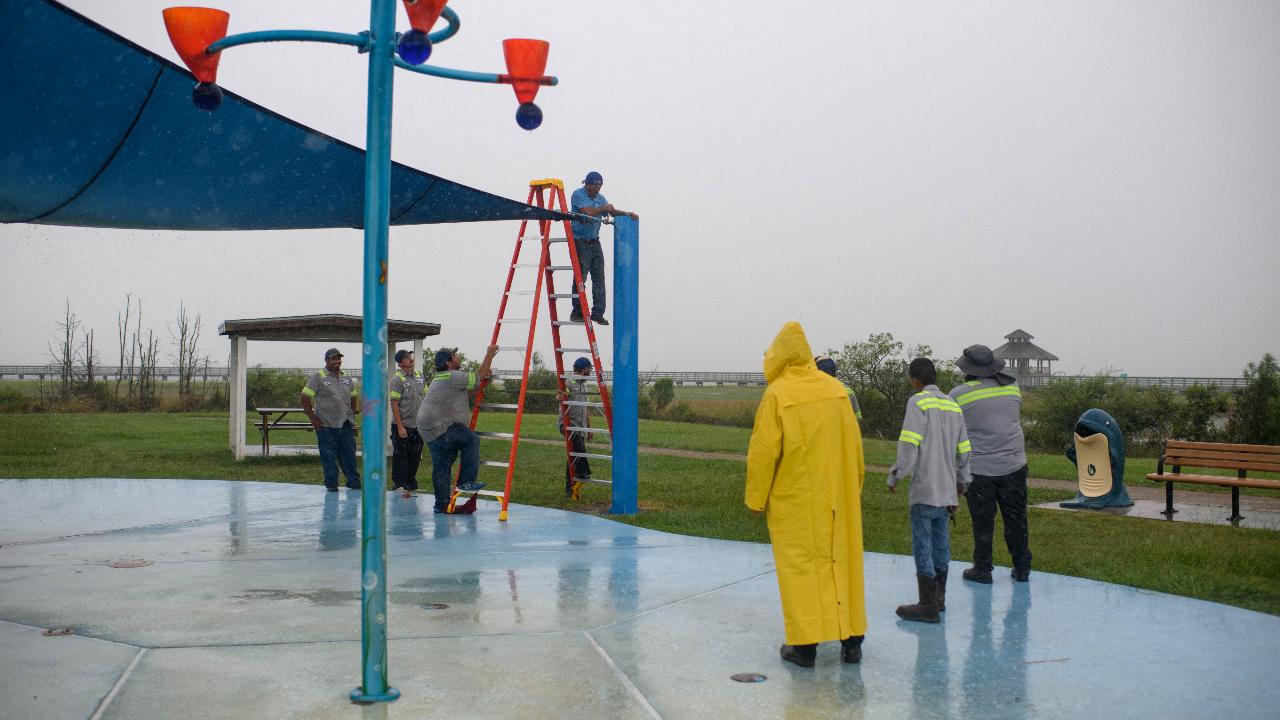
2/7
City officials take down a tarp in Port Lavaca, Texas, on July 7, 2024, as they prepare for the arrival of tropical storm Beryl
The US National Hurricane Center said in its latest update that winds were reaching 70 miles (110 kilometers) per hour as the tropical storm approached and was forecast to regain hurricane status before hitting the Texas coast.
ADVERTISEMENT
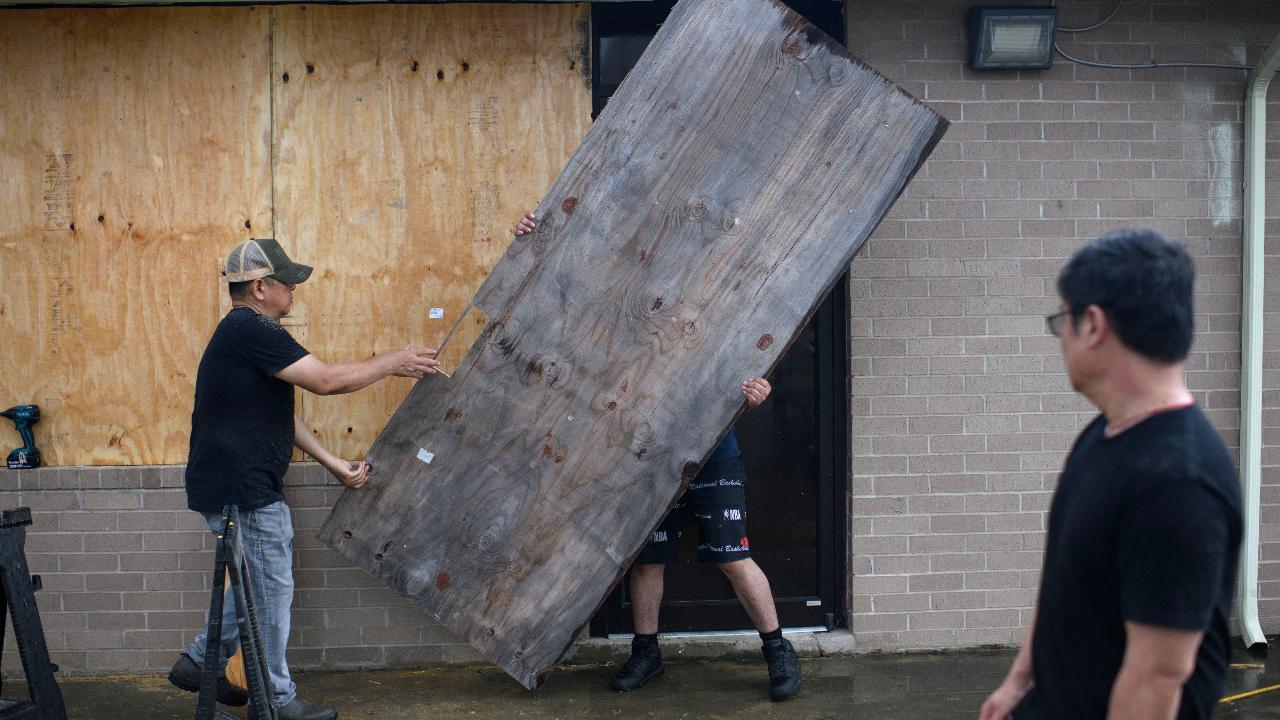
3/7
A group of men board up a restaurant in Port Lavaca, Texas, on July 7, 2024, as they prepare for the arrival of tropical storm Beryl
The NHC said that rainfall of up to 15 inches (38 centimeters) was expected in parts of Texas, warning it could create flash flooding in some areas.

4/7
Some damage caused by strong winds during the passage of tropical storm Beryl is seen in Progreso, Yucatan Peninsula, Mexico, on July 5, 2024
It hit Mexico Friday as a Category 2 hurricane, flattening trees and lampposts and ripping of roof tiles, according to its civil protection authority, though there were no reported deaths or injuries there.
ADVERTISEMENT
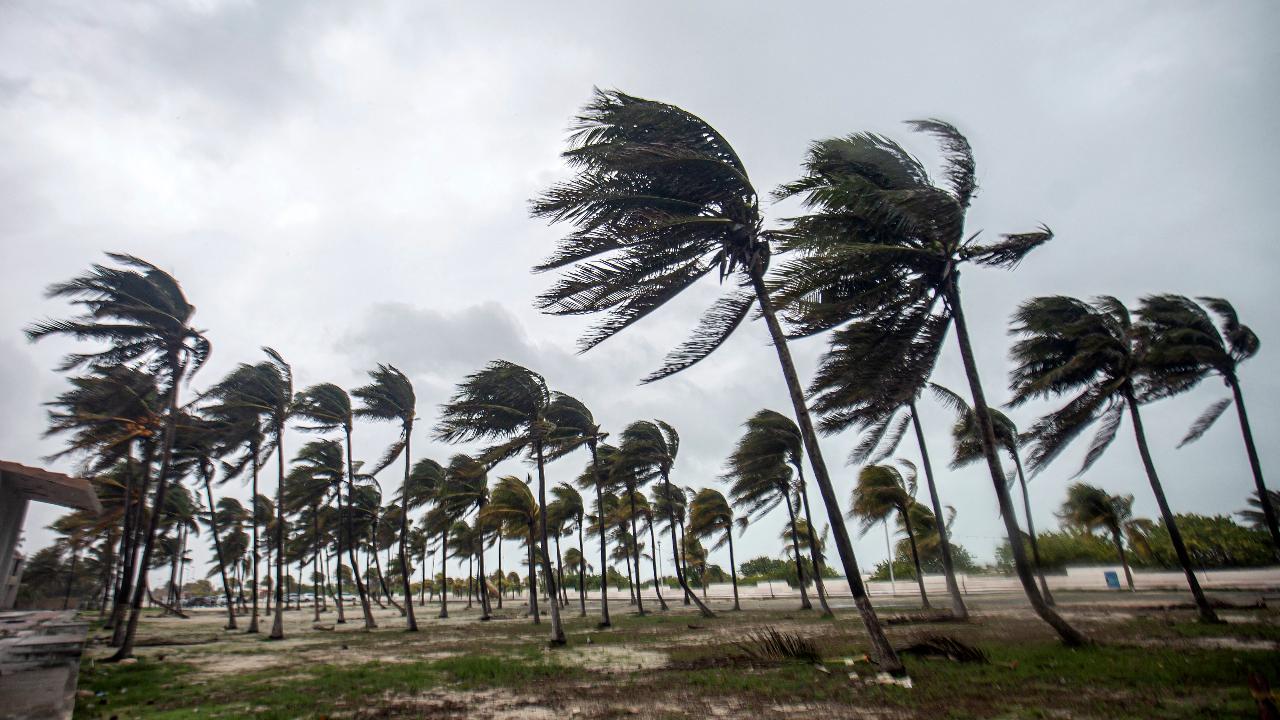
5/7
Strong winds whip palm trees on an empty beach during the passage of tropical storm Beryl in Progreso, on the Yucatan Peninsula, Mexico, on July 5, 2024
Beryl weakened to a tropical storm Friday after hitting Mexico as a Category 2 hurricane.

6/7
This National Oceanic and Atmospheric Administration (NOAA)/GOES satellite handout image shows Tropical Storm Beryl at 14:56 UTC on July 6, 2024, in the Gulf of Mexico
Scientists say climate change likely plays a role in the rapid intensification of storms like Beryl, since there is more energy in a warmer ocean for them to feed on.
ADVERTISEMENT
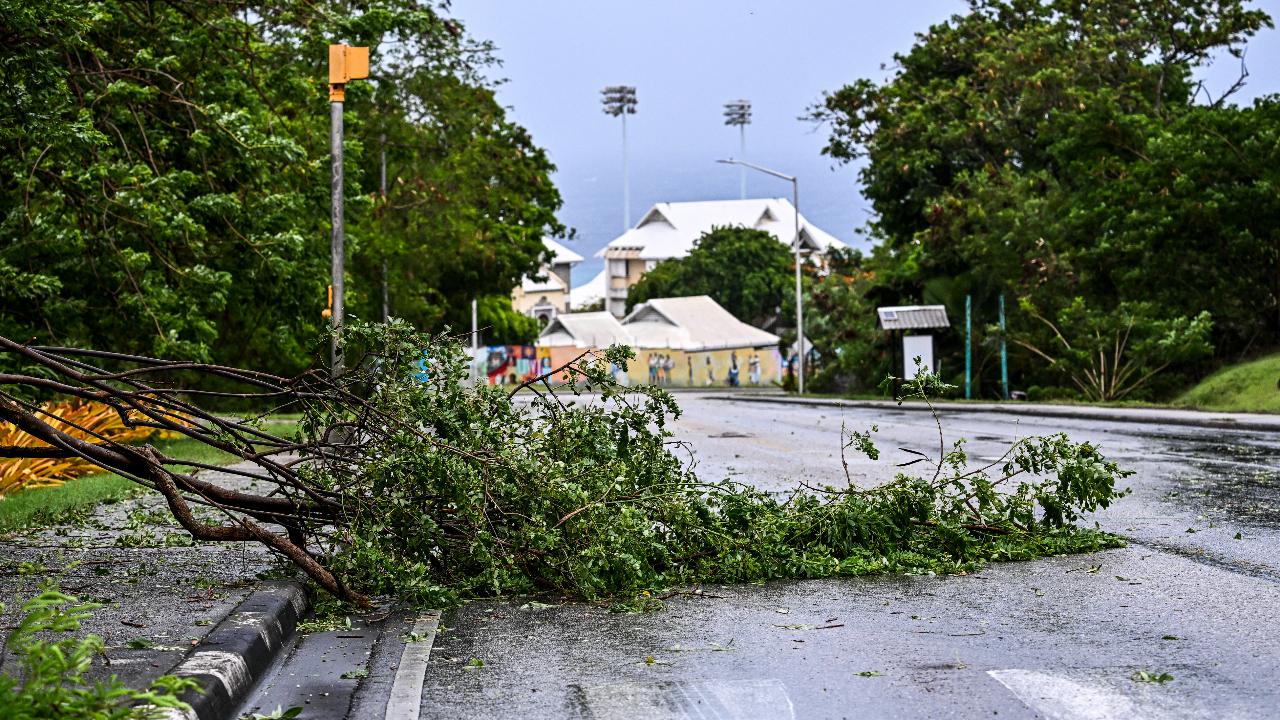
7/7
A tree is seen fallen on the street as hurricane Beryl passes near to Bridgetown, Barbados on July 1, 2024
Hurricane Beryl left at least seven dead after it tore through the Caribbean and Venezuela, as winds at times reached Category 5 strength.


